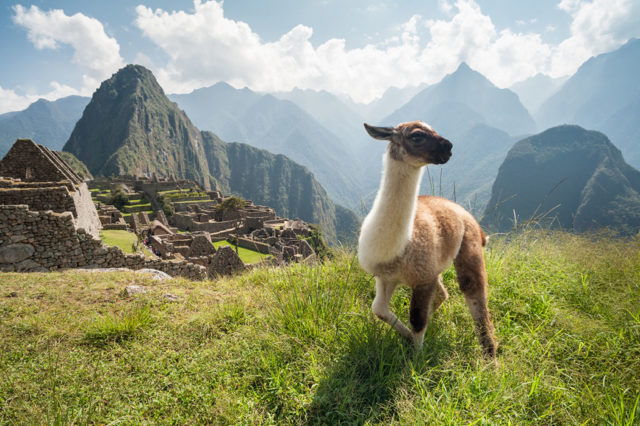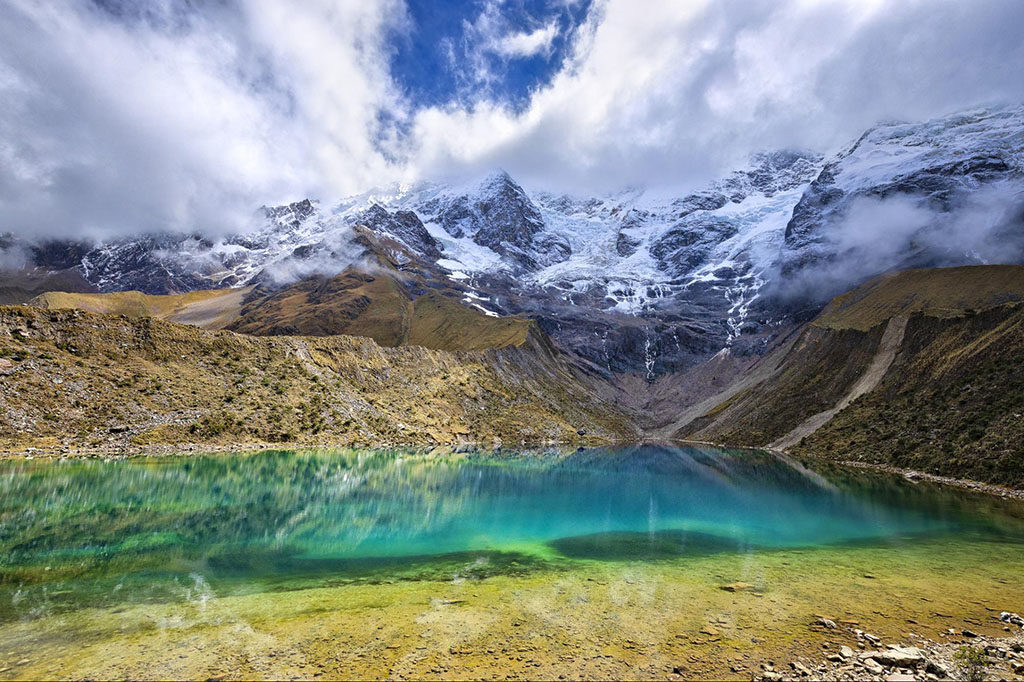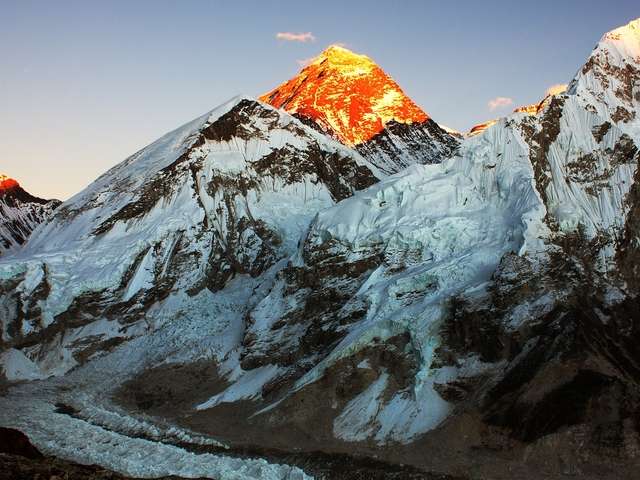
Read below for 9 tips to help you prepare for a challenging and life-changing journey on one of South America’s premier trekking routes!
1. Book in Advance
Entry for the Inca Trail is limited year-round to 500 permits per day, which is split between an estimated 200 tourists and 300 accompanying trekking staff. Due to these restricted numbers, you will want to book a minimum of 6-8 months in advance.
2. When To Go
Machu Picchu has two main seasons, the dry season from May to October and the wet season from November to April. February is closed to all trekkers for trail maintenance and mitigation. Generally the dry season is the most popular trekking season for tourists.
- May-October: During the busy trekking season you can expect a range of hot, dry afternoons to cold evenings and mornings. Despite the higher volume of trekkers, the reduced chance of rainfall gives you the best guarantee for stable weather during your trip.
- November-April: The main advantage of the wet season is less crowds, more temperate evenings/mornings and a lush green landscape. However going during this season is a gamble as you can have great weather or experience notable rainfall, bringing difficult trekking conditions which can lead to slippery steps and restricted views.
3. Acclimatize in Cusco
Our 7-day package includes a 2 night stay in Cusco at 3,400m/ 11,152ft elevation before starting the trek. As the start of the Inca trail is lower in elevation than Cusco, these two nights will be hugely beneficial to the start of your trek.
- Local remedy: Along your trek, you will have ample opportunity to try coca leaves, either by chewing or drinking them. Commonly used as a medicinal treatment for altitude sickness on the Inca Trail, it is not a fool-proof method and your best bet for combating altitude sickness is to climb slowly, rest and hydrate. Despite this, you should at least try it once, as the Incas did hundreds of years ago.
4. Packing Tips
- Multi Use Layered Clothing: Opt for lightweight, breathable and moisture-wicking clothing like merino wool or quick-drying synthetics for a more wallet-friendly alternative. You will want a good quality down jacket when the sun goes down and a waterproof jacket for unpredictable mountain weather.
- Sleeping Bag: The tour company will provide you with a tent and sleeping pad, carried by the porter, but you will be responsible for bringing your own sleeping bag or you can rent one from the tour company in Cusco.
- Trekking Poles: These are not a necessity, but will help ease the difficulties and downhill on the trail. Make sure the trekking poles you bring or rent from your tour company have rubber tips. Poles with metal tips are prohibited on the Inca Trail as they can cause damage to the landscape and stones.
- Sunscreen: Due to the high altitude, you are more exposed to the sun and will need to apply sunscreen throughout the day in addition to wearing a hat.
- Bug Spray: Even outside of the wet season, mosquitoes are present. It’s best to dress in long layers for optimum protection, but for an additional layer of security, bring a bottle of DEET to spray your clothes with.
- Ear Plugs: As the campsites get busy and you will be sharing a tent, it’s always a good idea to bring these for a more restful evening.
- Cash: Have some Peruvian soles in small amounts as change is very hard to find. You will need them for the bathroom outside of Machu Picchu, snacks, gifts, etc.
5. Passport
Bring your passport with you on your trek as you will need it to enter into the Machu Picchu site. Another reason you may want your passport with you is so that you can get it stamped after exiting Machu Picchu to further document your trip!
6. Showering
Unfortunately, there are only very cold showers available at campgrounds. Many decide to either not shower at all during their trek or you can alternatively bring dry shampoo, conditioner and soap, all of which can be used without the use of water.
7. Toilets
There are toilet facilities at campsites that you can use, but they are often very basic and require squatting. With their remote location and high usage, cleanliness is not a priority, therefore it is a good idea to bring along hand sanitizer and toilet paper in your pack. There is one clean toilet located near the entrance to Machu Picchu that will cost you 2 soles and is money well spent.
8. Responsible Trekking
It is important that we are aware and take care of this natural, sacred site and the surrounding local communities. Below are a few helpful tips on how best to navigate this.
- Plastic Water Bottles: While clean drinkable water is not readily available on this trek, there are other options than buying plastic water bottles on the trail. You can bring water purification tablets, or invest in a filtered water bottle so that you can refill along the way. Say no to plastic whenever possible!
- Eco-friendly Toiletries: Bring planet safe and zero waste products such as biodegradable wipes, compostable toothbrushes, solid shampoo, conditioner and soap bars, etc.
- Leave No Trace: As best you can, please try to bring anything out that you brought in.
- Local Language: Most people speak Spanish, but Quechua, the language of the Incas is still spoken by many porters and will go a long way if you learn a few words and phrases.
- Sustainable Souvenirs: Try to avoid unsustainable woods such as mahogany and instead focus on souvenirs made of balsa wood and sustainably harvested Brazil nuts.
- Responsible Giving: Although well-meaning, please refrain from gift-giving to children and adults as it enables a local dependence on money and gifts from foreign tourists. Instead, research ahead of time and donate to a local charity or non-profit, which will help enable more long-term support to local communities.

9. Inca Trail Alternatives
In addition to the famous Inca Trail trek, we offer alternative trekking tours near Cusco that have fewer crowds and include a visit to Machu Picchu as an add-on at the end of each trek.
- Lares Trek: Off the beaten path, this trek takes you through a number of local villages showcasing authentic Andean culture.
- Salkantay Trek: Only offered in the dry season months, this is a popular alternative for alpine adventurers looking for diverse scenery as you trek through the Andean jungle, soaring mountains and snow-capped peaks.

















